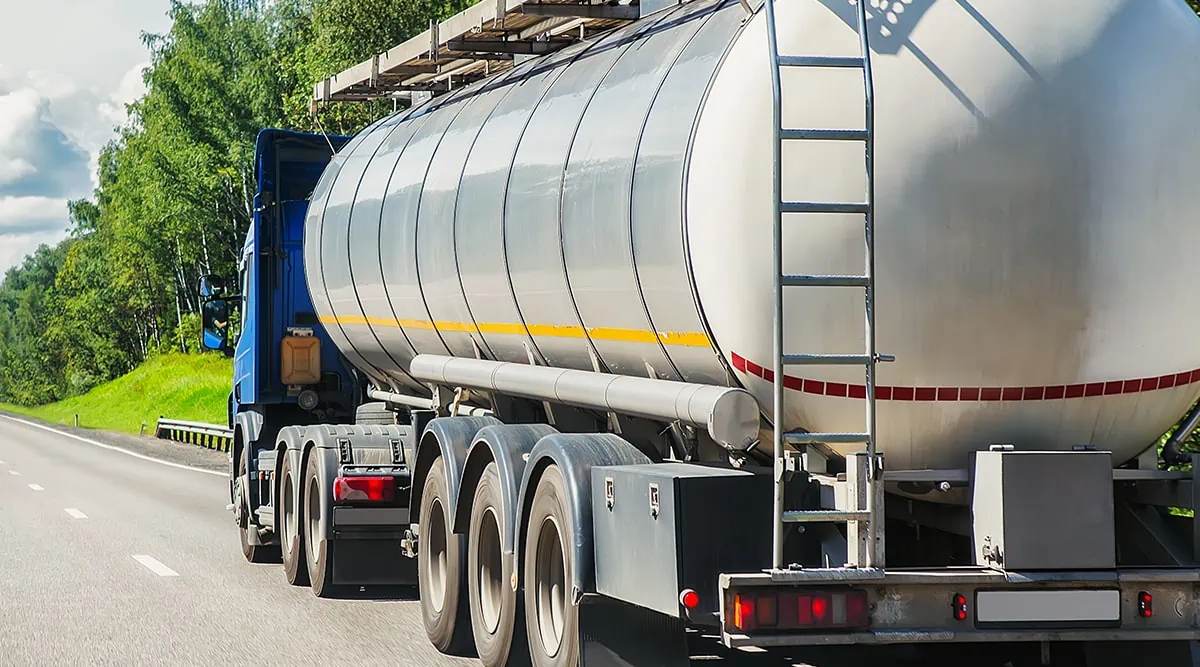Getting My Reclaim Waste To Work
Getting My Reclaim Waste To Work
Blog Article
Reclaim Waste - The Facts
Table of ContentsThe Buzz on Reclaim WasteReclaim Waste Can Be Fun For Everyone5 Simple Techniques For Reclaim WasteSome Known Incorrect Statements About Reclaim Waste The Definitive Guide to Reclaim Waste
Domestic sewer waste refers to the waste and products from a household septic tank. The correct administration and disposal of domestic sewer waste require fluid waste to be moved to a sewer therapy plant where the correct approaches and tools are applied to purify and dispose of waste.
Industrial waste commonly includes possible dangers, such as combustible materials or a blend of liquid and solid waste items, and needs an advanced and detailed disposal process. The disposal of commercial waste typically includes the filtration of waste before transport to ensure risk-free and correct disposal. Hazardous waste is created from results and overflow of commercial processes and manufacturing.
This sort of waste can not make use of the exact same sewer management transportation or processes as septic or industrial fluids. The industrial waste management process needs the inspection and screening of liquid waste prior to it undergoes the disposal process (liquid waste disposal melbourne). Drainage waste is the liquid waste that originates from overflow and excess stormwater in highly booming locations or cities
Drainage waste can trigger contamination and flooding if not handled effectively. Ensuring correct waste management can prevent catastrophes and lower ecological damage.
The Best Strategy To Use For Reclaim Waste
Get in touch with PROS Solutions today to discover our waste monitoring and disposal solutions and the correct methods to care for the fluid waste you generate.
(https://www.edocr.com/v/pd6avrzq/leonaube33101/reclaim-waste)This so-called 'wastewater' is not just a crucial source yet, after therapy, will certainly be released to our land, rivers or the sea. Utilized water from commodes, showers, bathrooms, kitchen sinks, laundries and commercial processes is understood as wastewater.

water used to cool down equipment or tidy plant and equipment). Stormwater, a kind of wastewater, is drainage that moves from farming and city areas such as roofs, parks, yards, roadways, courses and gutters into stormwater drains pipes, after rain. Stormwater streams unattended directly to local creeks or rivers, eventually getting to the sea.
The 25-Second Trick For Reclaim Waste
In Queensland, the majority of wastewater is dealt with at sewer treatment plants. Wastewater is delivered from domestic or commercial websites with a system of sewage systems and click pump stations, known as sewerage reticulation, to a sewage therapy plant. City governments build, keep and operate most sewage treatment plants. Operators are certified under the Environmental Protection Act 1994 to release cured wastewater at an appropriate ecological standard into waterways.
The Department of Natural Resources encourages local federal governments concerning handling, operating and preserving sewerage systems and therapy plants. In unsewered locations, neighborhood federal governments may need homeowners to mount specific or house sewage treatment systems to deal with domestic wastewater from commodes, cooking areas, washrooms and laundries. The Division of Natural Resources authorises using home systems when they are verified to be effective.
In some new neighborhoods, treatment of some stormwater to eliminate trash, sand and gravel has started utilizing gross toxin catches. Wastewater treatment happens in four stages: Gets rid of strong matter.
Uses little living microorganisms understands as micro-organisms to break down and eliminate staying dissolved wastes and fine particles. Micro-organisms and wastes are incorporated in the sludge.
The 5-Minute Rule for Reclaim Waste
Nutrient removal is not readily available in all sewer therapy plants due to the fact that it requires costly specialised equipment. It is becoming much more usual in Queensland. Clear liquid effluent generated after treatment may still have disease-causing micro-organisms. If this effluent is released into rivers such as rivers or the sea, the micro-organisms will eventually die out.

The majority of wastewater flows into the sewerage system. Under the Act, local governments administer authorizations and licences for ecologically pertinent activities (Periods) entailing wastewater releases that could have a neighborhood influence.
Examine This Report about Reclaim Waste
Monitoring supplies valid information about water high quality and can validate that licence problems are being met. The details acquired through surveillance offers the basis for making water top quality decisions.
Report this page